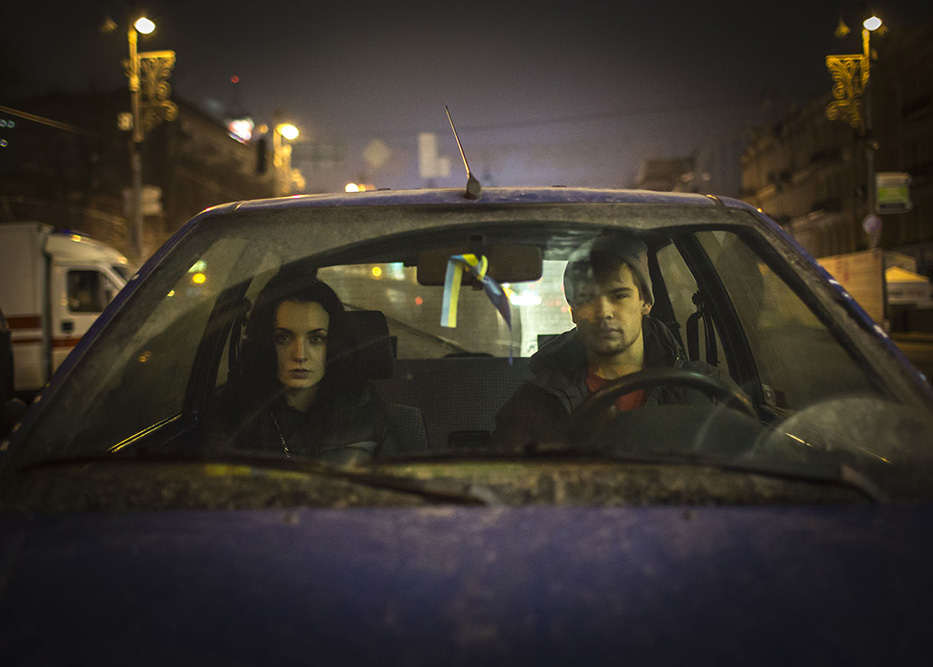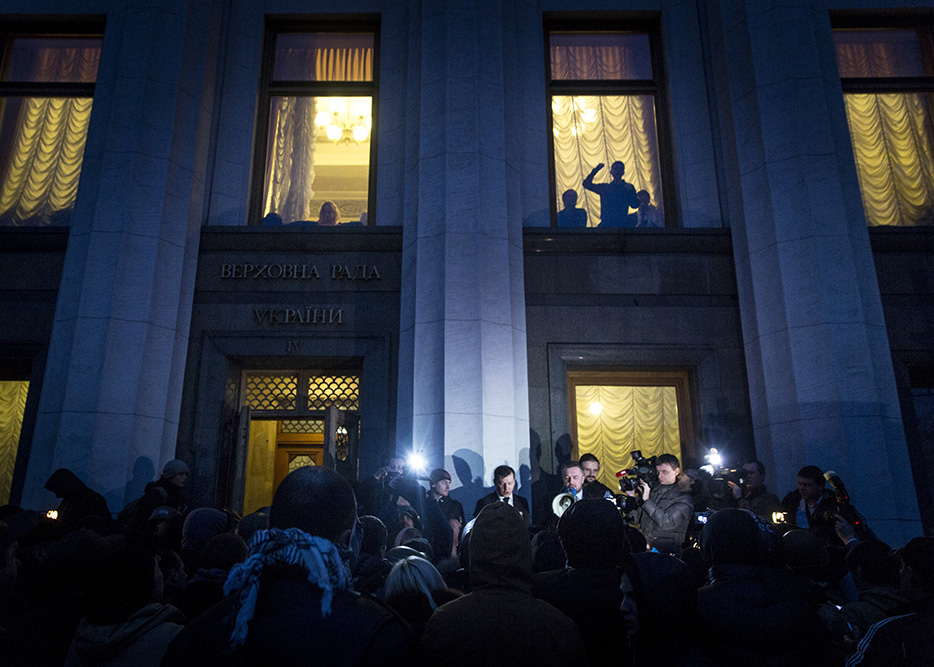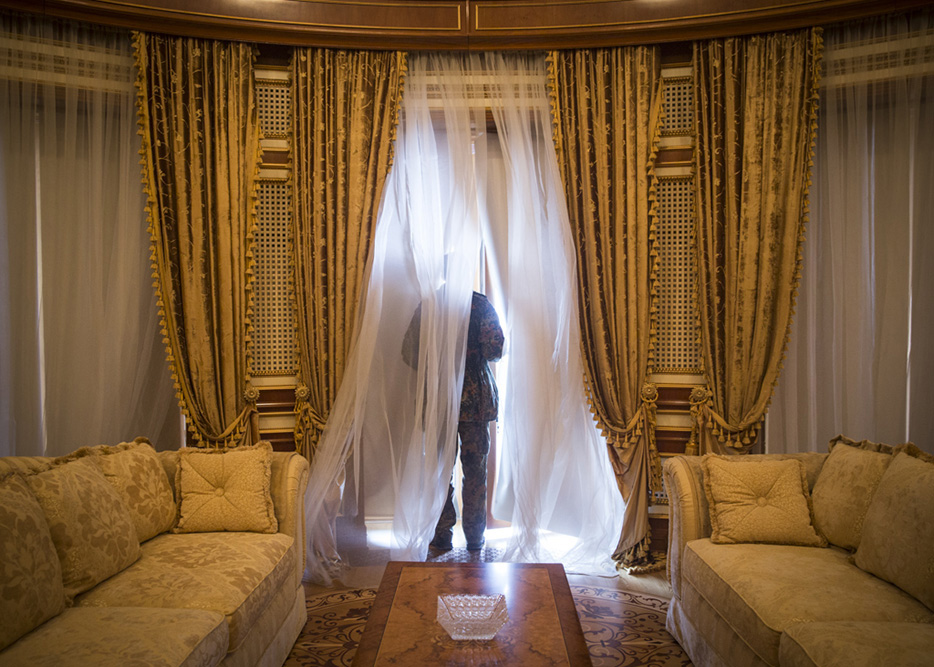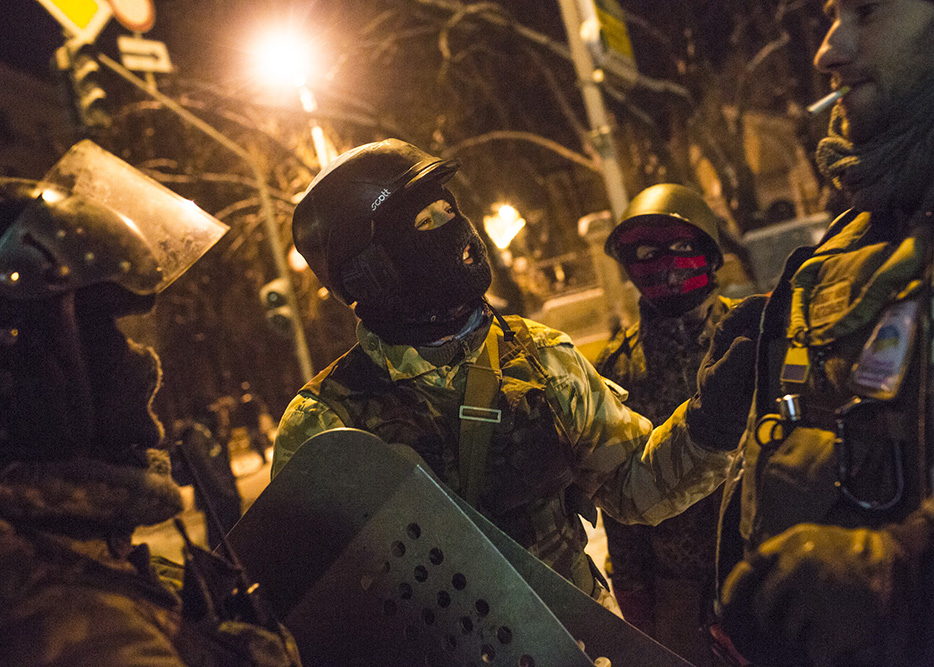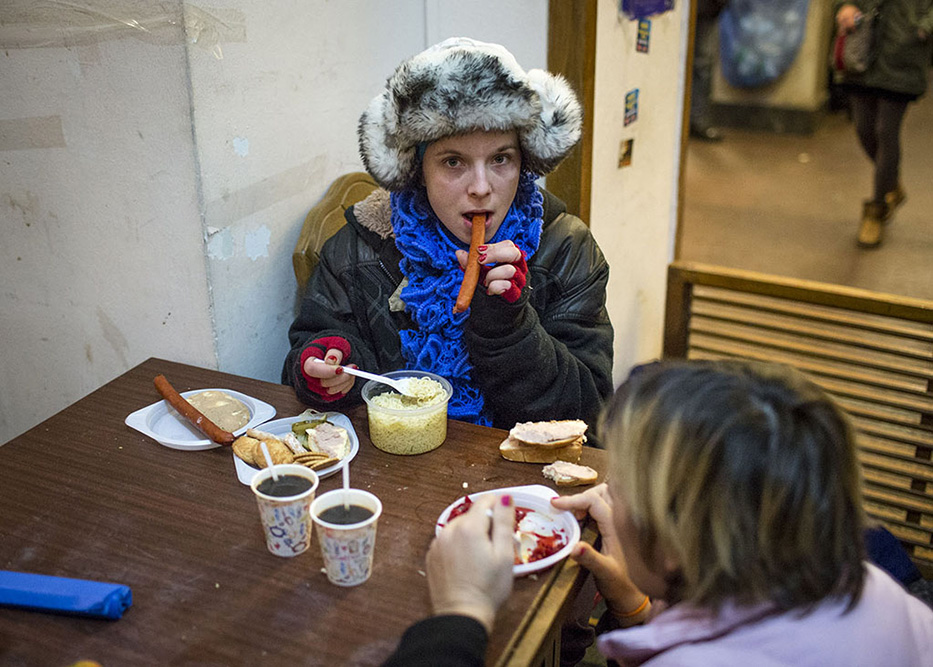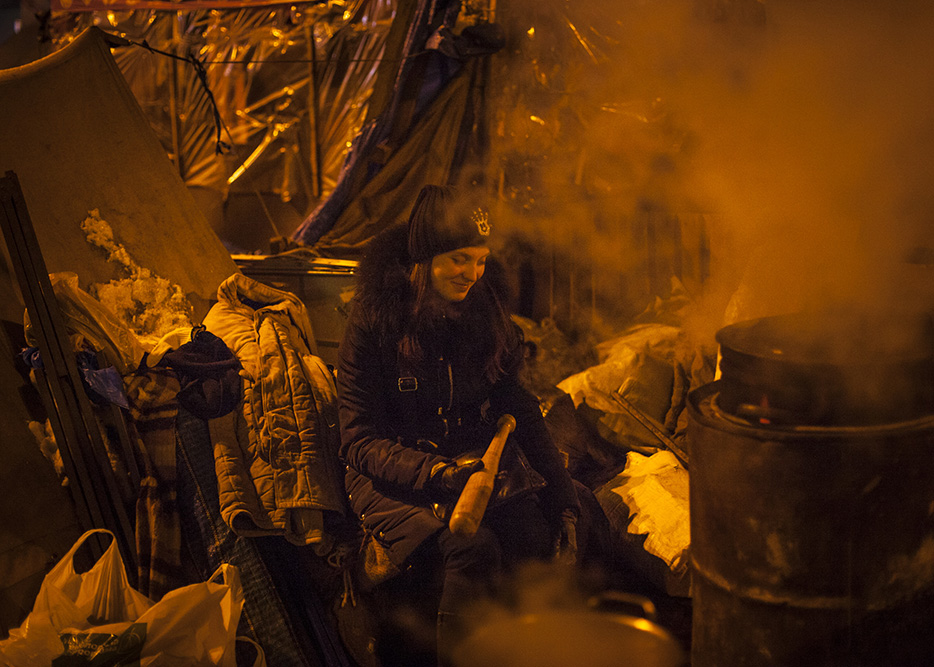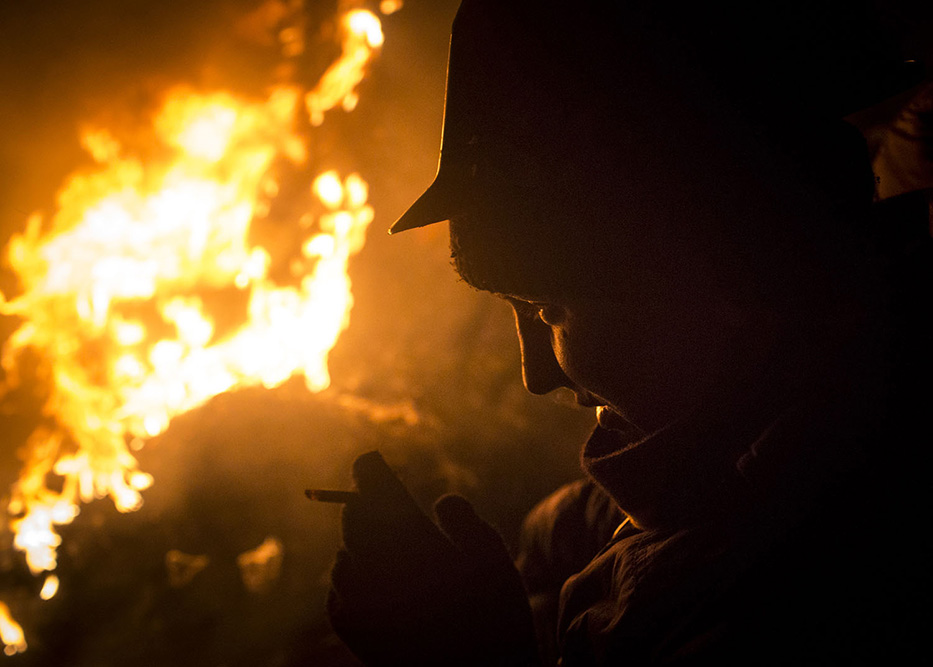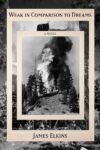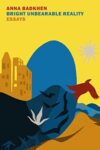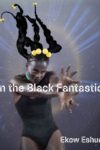In the occupation of streets and squares around Maidan Nezalezhnosti in central Kyiv we are seeing an example of the hunger that exists for the still image — albeit for specific types of images, presented in a certain way. While the British newspapers may have uncharacteristically dedicated their front page to the “hard news” photos out of Ukraine during the Euromaidan movement’s height, the story’s imagery was being primarily consumed in online image galleries.
The scenes in Kyiv in late January and late February were routinely described in overtly chaotic terms. A common headline in January described the city as “a near-apocalyptic war zone” with image galleries boasting “30 apocalyptic images from the protests in Kyiv” and others referring to Tolkien’s “Middle Earth.” These descriptions of events fictional and unknown are meant to attract us to a conflict that, compared to the ongoing violence related to uprisings in Syria and Libya, is being fought on a geopolitical battleground.
The images of fires fueled on the ground by the Molotov cocktail wielding minority, like the insignia-free armed men occupying Crimea’s airports and besieging Ukrainian soldiers, are distinct symbols of a polarized geopolitical situation, sensationalized respectively for the benefit of those players able to lose from Ukraine’s transition one way or another: the US, Russia, the EU and NATO.
Sarah Kendzior, writing for Politico, picked up the loaded terms being used to describe Kyiv, introducing me to the neologisms ‘link bait’ and ‘listicle’, as many publications rapidly compiled posts dedicated to photography from the city. News agencies do well to facilitate this recent trend, producing packages for their subscribers that need little to no editing. These ever scrolling or ever clicking collections of images often offer little context and in the case of Kyiv were mostly localized images of indistinguishable occurrences within a short period of time.
The writing coming out of Ukraine spoke of the country’s east-west divide — an analogy perhaps overly simple, but at least a presence of tangible opposing sentiments was included. The strength of the story, viewed romantically as a straightforward struggle between democracy and dictatorship, between Russia and the West, has kept it in the headlines. In response, powerful photographs exist in abundance and dominate the online image gallery, yet they are often similar, with invariable captions and unaccompanied by contextualizing text.
The relationship between what is seen and what is said is bounded by our sensations and our perceptions. In the context of the current crisis in Ukraine, where politics and identity are being mediated, the image can have a transparent relationship with the factual if the observer is in a position of authority. That is: if the observer is suitably informed that they can enter into a directionless process by which representations of scenarios are produced, considered and discussed; then questioned, affirmed, and dismissed.
But as “photography” and “seeing” become increasingly synonymous, the market for cheap, straightforward, photographs of consumable, directional news content will increase. The desire to work as a photographer in the field of journalism may be more prevalent than ever before; the “de-specialization” of photography and accessibility of far away headline grabbing events mean that increasing numbers of camera owners are self-confessed photojournalists. Reacting to an abundance of images coming out of a situation, photographers, particularly those trying to break into the profession, see an opportunity to publish work from a significant news event.
The resulting diminishment in the diversity of stories being produced by photographers has been attributed to reduced budgets in the media, but the commonality of vision formed as photographers feel professionally obliged to work in Maidan Nezalezhnosti, Tahrir Square, and Taksim Square will be a major factor in the perceived inability of still images alone to tell stories with breadth and depth. Too often we emerging photographers, rather than providing unique contributions to discourse, arrive to reproduce images, reinforcing an existing visual narrative.
The idea to publish ex post facto a series of unseen photographs taken for journalism’s sake in the context of my personal experience is one that makes me uneasy. These ramblings are the product of being asked to write a piece for Full Stop about my experiences working as a photographer in Kyiv to accompany a series of my photographs. My personal experiences as a photographer are of little use unless I have the means necessary to help comprehend the situation in Ukraine, one of enormous economic and political uncertainty, escalating as I continue to ramble.
It was suggested that we could publish “the weirder ones that newspapers don’t want”, and, as a self-deprecating newsman who longs to be referred to as a photographic poet, this was rather appealing. I am in the position where the work of mine that is most likely to pay my bills is that which fits the existing narrative in “western media.” I endeavor, however, to produce a set of images that offers a broader framework for understanding, even if less clear, than the sum of its parts.
Working in news it is regularly expected that a photographer produces “that stand alone image” from an event. I regularly fail to do this, partly because it’s difficult, and partly because I don’t seem to want to. I don’t believe that being a photographer is about acquiring a collection of single images, but about creating a well rounded story. Sure, photographs are unable to be a close equal in contribution to news stories in print because there isn’t the space allocated for them to do so, but even now with the infinite sphere of online, why do many of the of collections of photos from Kyiv fail to emit any semblance of narrative?
Photography isn’t a collection of conclusions and the most interesting photographs (and photographers, perhaps) don’t subscribe to an answer. Rather, they ask questions.
But now as I come to piece together my work from three trips, made during somewhat distinct moments during the Euromaidan movement, a personal conflict arises. Should I display the photographs that I feel promote my photographic vision, the images that I made because they made me feel something, or those that I felt would be picked out from the newswire? What if this edit doesn’t include the fire and ice of the “news porn”? Is the work that I’m happiest using to promote myself also the most likely to impress potential employers?
Hopefully this increasing appetite for the abundance of powerful imagery that’s being produced will create more detached and well versed critics of the still image and its place within the media. Perhaps then there will be value in the “weirder ones,” no longer clickably published for free, sparing you from a photographer’s bitter, self-indulgent, take on the industry.
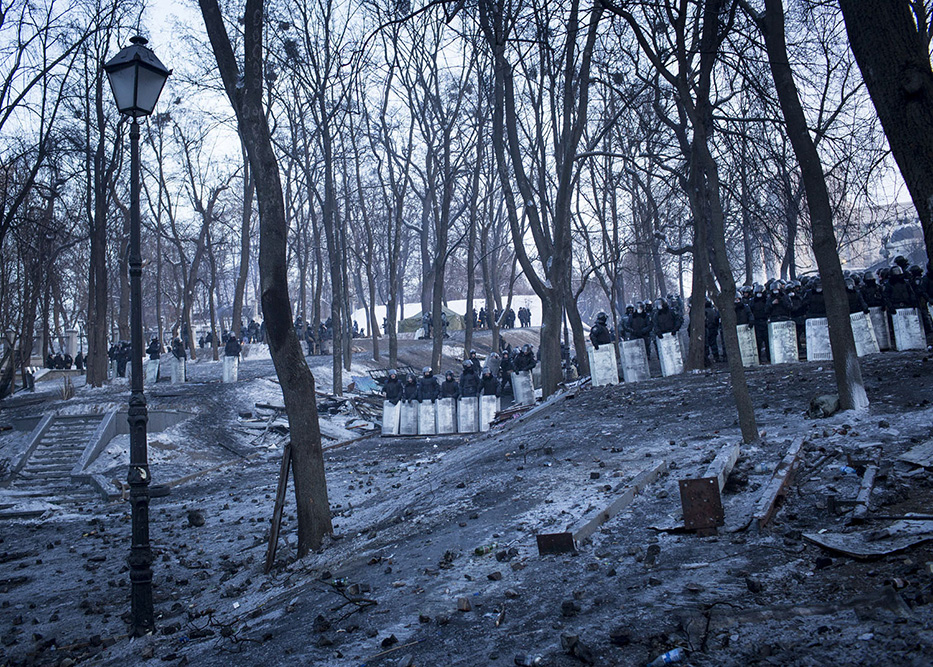
JANUARY 27 2014: Ukrainian policemen block an area inside the grounds of Dynamo Stadium grounds to the north of Hrushevskoho Street, leading to the Ukrainian parliament. Unrest has spread across Ukraine, with activists taking over municipal buildings in several towns and cities including the east of the country where President Viktor Yanukovych has enjoyed strong support.
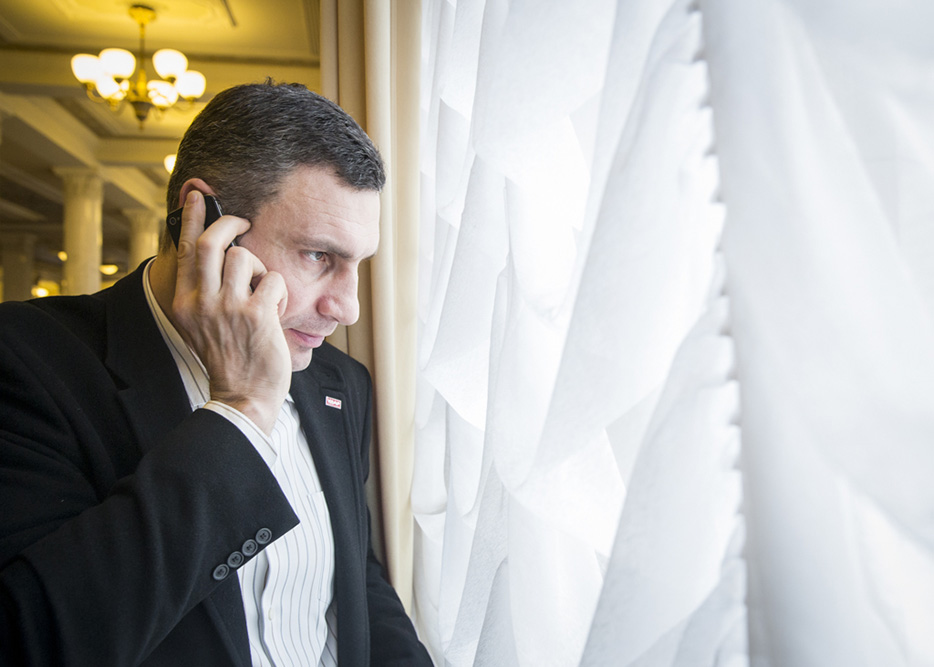
JANUARY 22 2014: Opposition leader Vitali Klitschko looks out of a window inside the Ukrainian Parliament building while talking to the German foreign minister on the telephone.
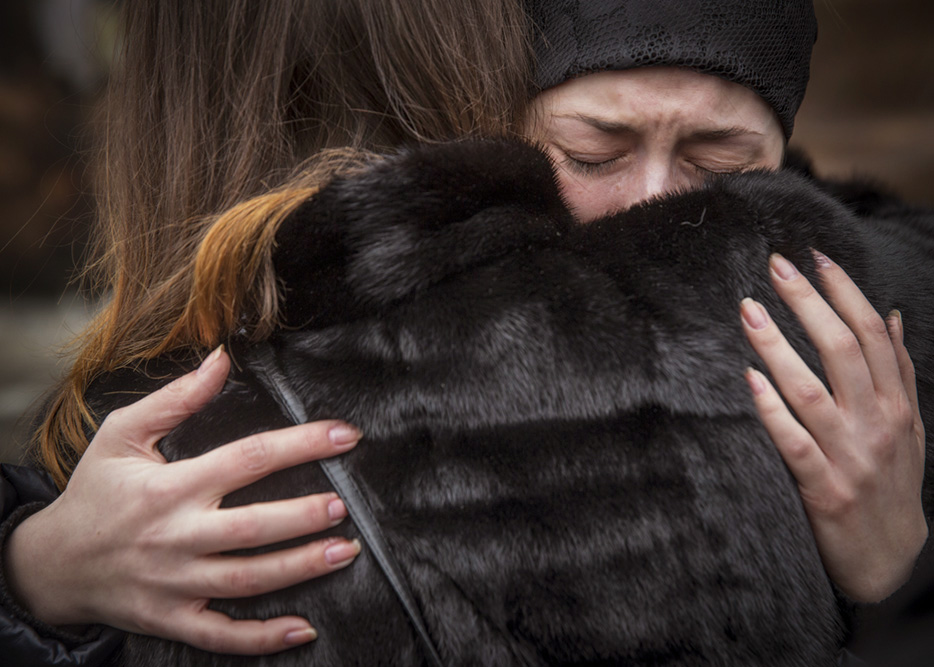
FEBRUARY 22 2014: Women embrace as the body of Serhiy Shapoval, a 44 year old anti-government protestor from Kyiv who was shot and killed by on the 18th of February, is carried through Maidan Nezalezhnosti.
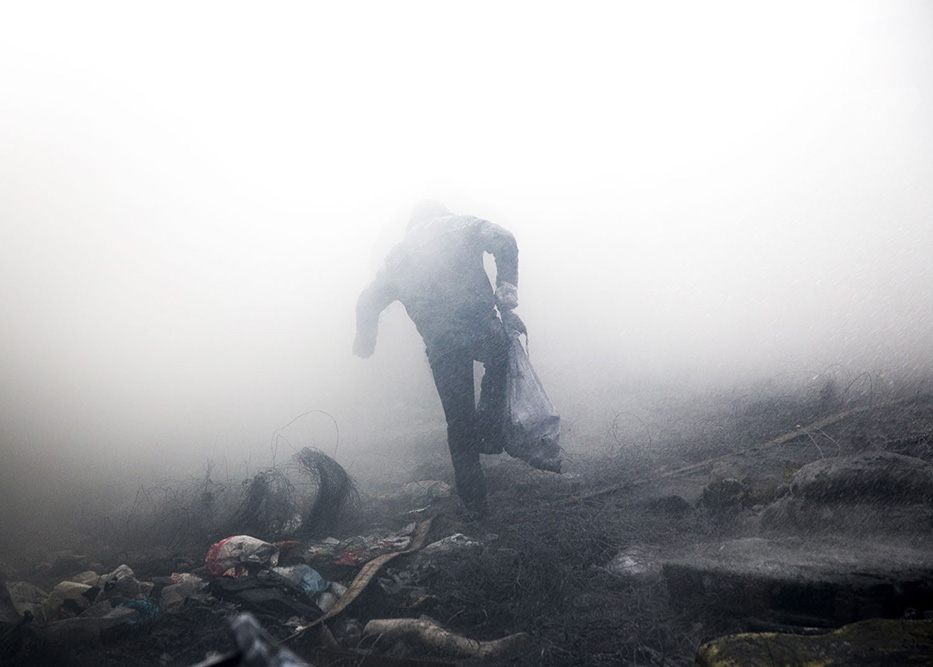
JANUARY 25 2014: An anti-government protestor carries a bag of rocks during clashes with police near the entrance to Dynamo Stadium on Hrushevskoho Street, leading to the Ukrainian parliament.
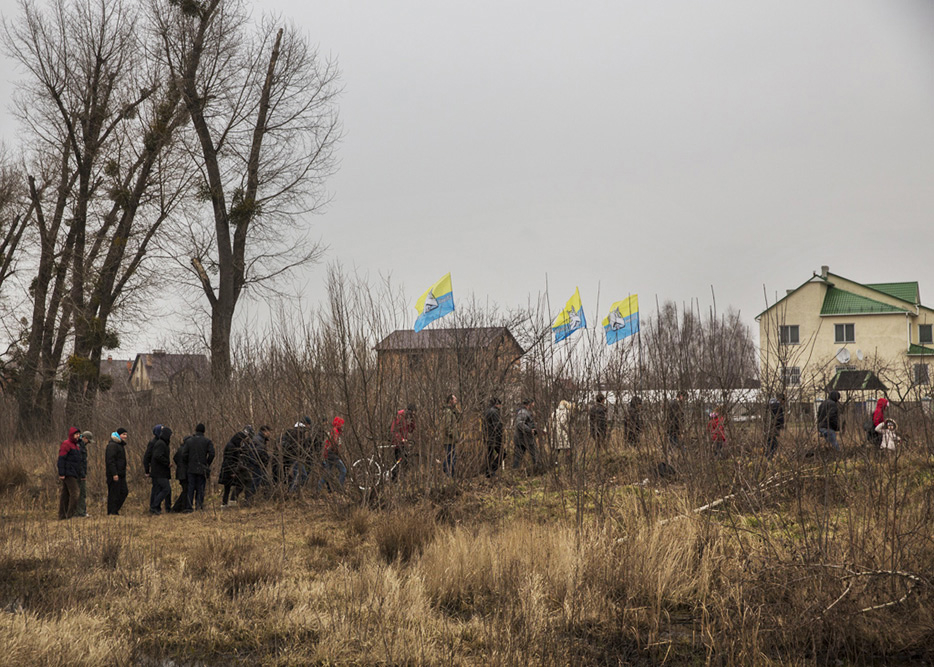
FEBRUARY 26 2014: People walk towards Viktor Yanukoych’s personal residence, Mezhyhirya, a 140 ha estate on the banks of the Dnieper river near the village of Novi Petrivtsi north of Kyiv.
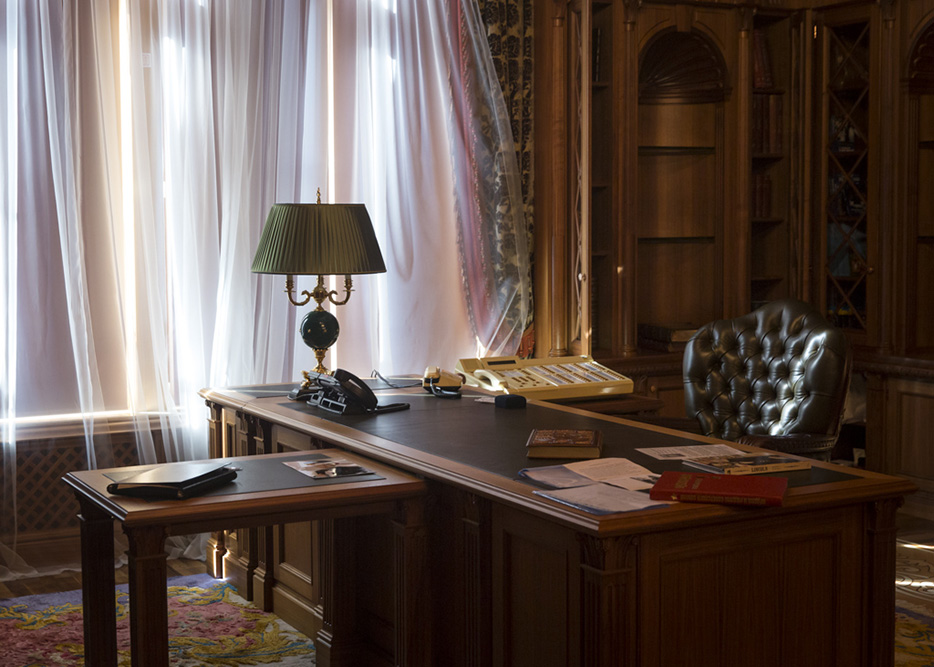
FEBRUARY 26 2014: The office inside former Ukrainian President Viktor Yanukovych’s personal residence.
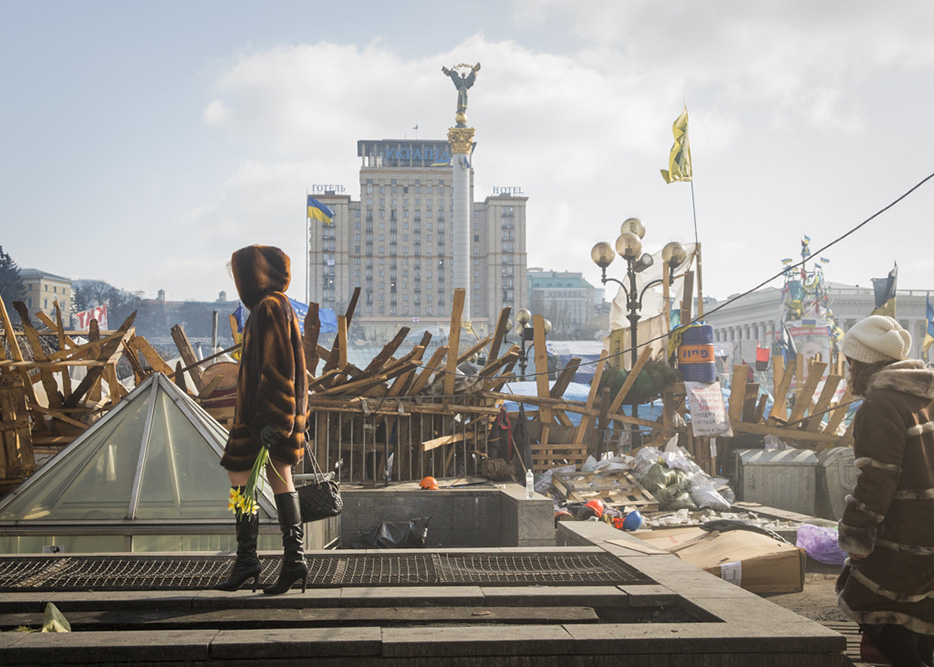
FEBRUARY 24 2014: Women carry flowers for those who lost their lives during the recent clashes in Kyiv as thousands of mourners visit Maidan Nezalezhnosti.
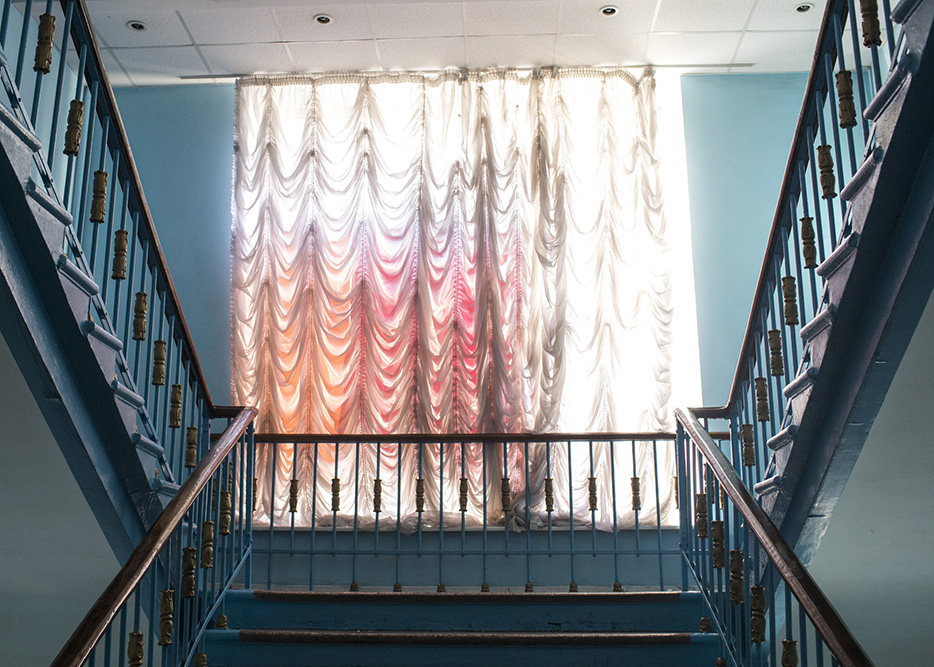
JANUARY 29 2014: A stairwell inside a main building of the Ministry of Agriculture. Activists from Svoboda, the nationalist party in the Ukrainian Parliament, seized it from Spilna Sprava, or Common Cause, another far-right faction earlier that day.
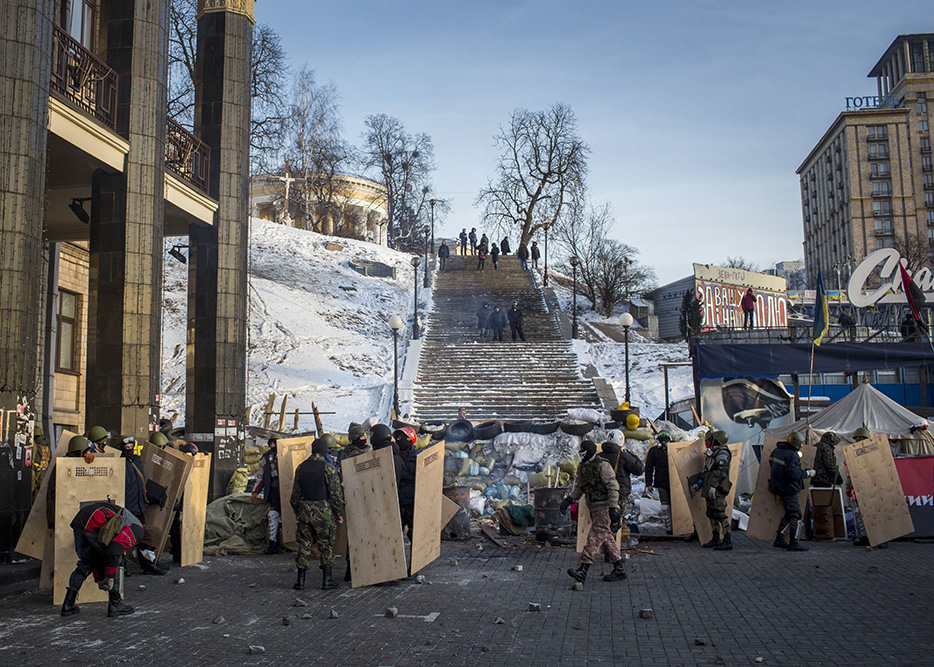
JANUARY 27 2014: Anti-government protestors take part in a training exercise in Maidan Nezalezhnosti.
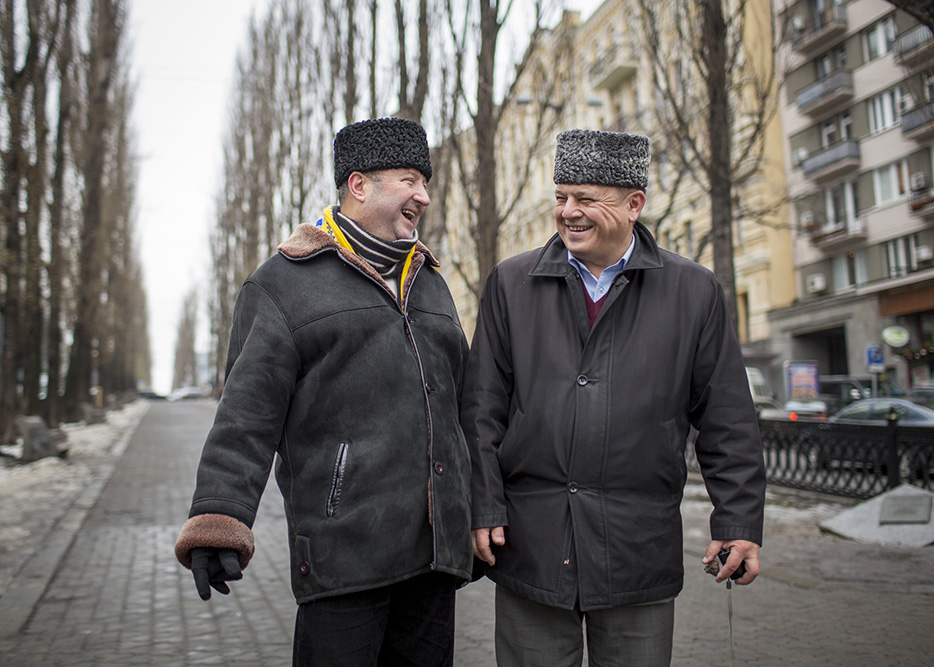
DECEMBER 17 2013: Men from the Crimean peninsula celebrate finding pieces of a statue of Vladimir Ilyich Lenin that was toppled by pro-EU demonstrators on Tarasa Shevchenka street.
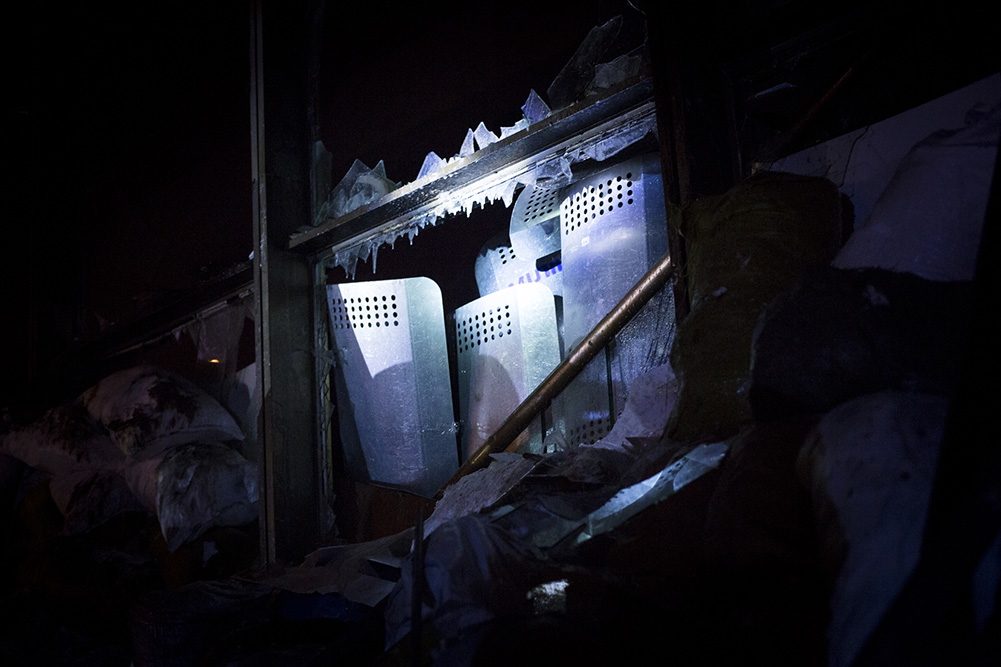
JANUARY 26 2014: Ukrainian police use shields to block the entrance to Ukrainian House international convention center as anti-government protestors attempt to storm the building, thought to have 200 riot police inside.
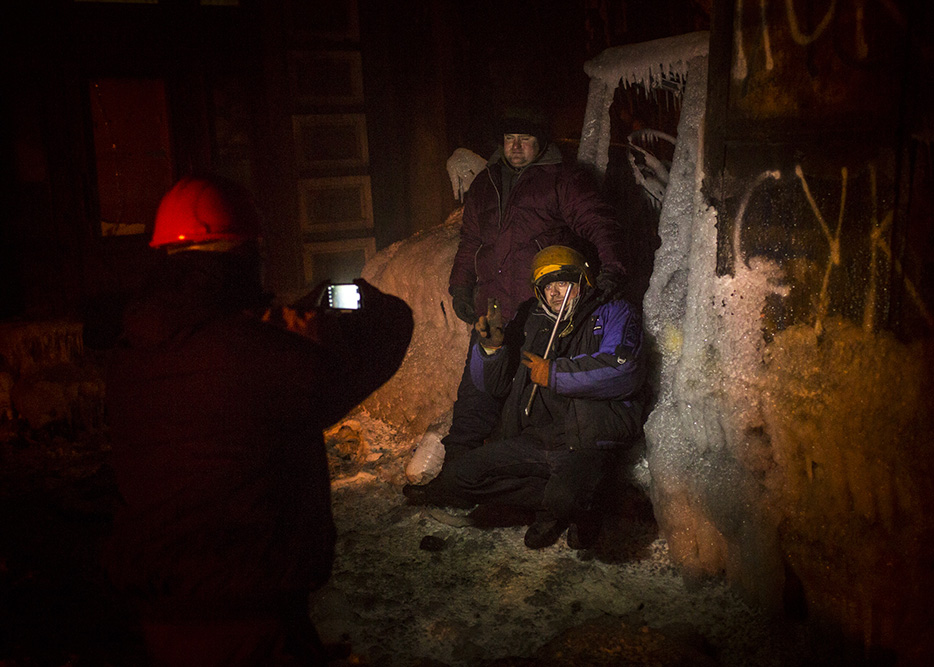
JANUARY 25 2014: Anti-government protestors pose for a photograph behind the frontmost barricades on Hrushevskoho street.
This post may contain affiliate links.



